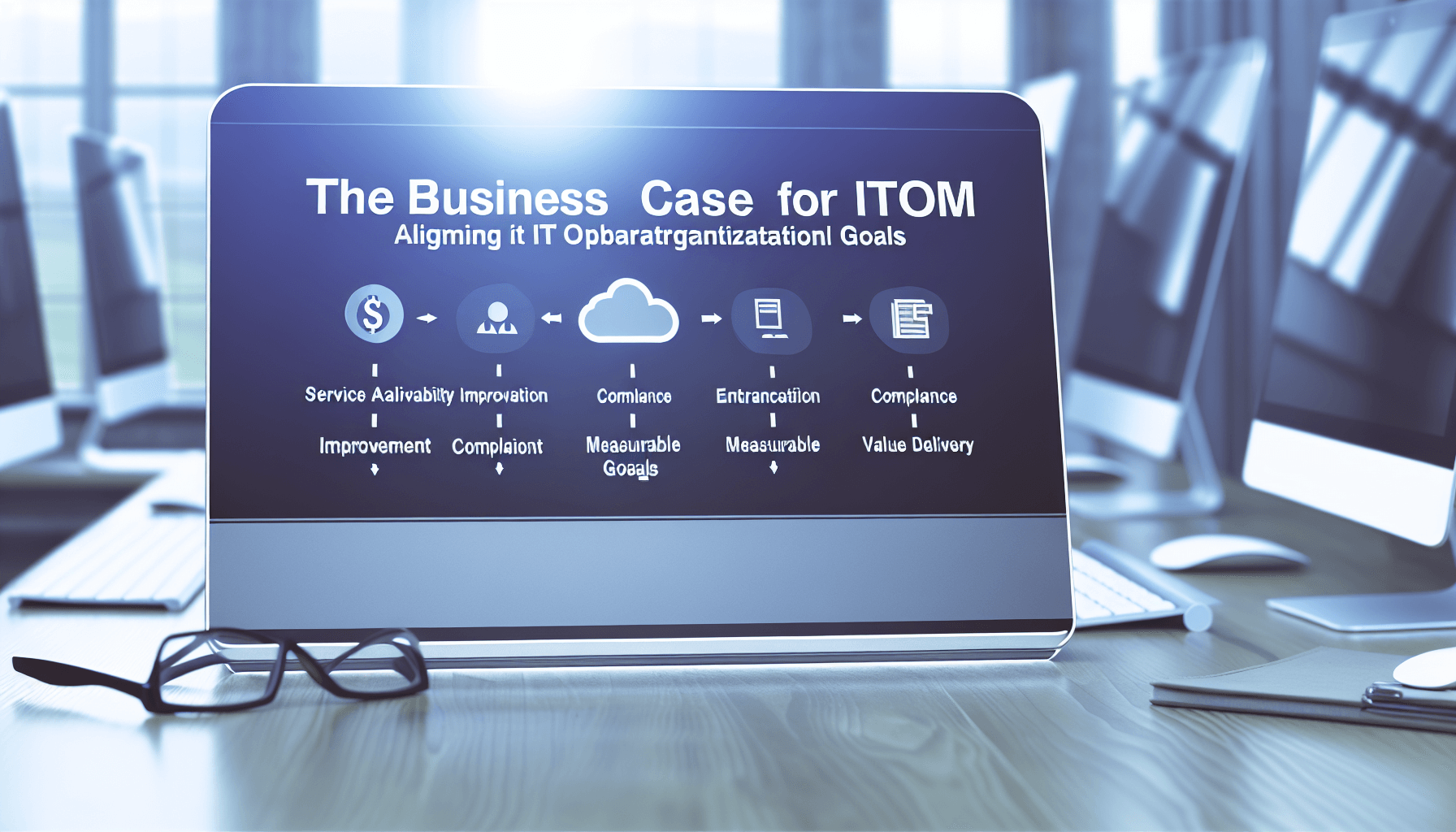Measuring What Matters: Key Metrics for IT Service Optimization

Measuring What Matters: Key Metrics for IT Service Optimization
In today’s fast-paced digital landscape, delivering excellent IT services isn’t just about resolving technical issues — it’s about creating seamless, efficient, and satisfying experiences for users. To achieve this, organizations must go beyond intuition and track the right metrics that genuinely reflect service performance and guide continuous improvement. In this article, we’ll explore essential performance indicators, how to establish meaningful KPIs, and how analytics and culture work together to drive IT service excellence.
The Importance of Metrics in IT Service Management
IT service teams play a critical role in ensuring that technology empowers rather than hinders business operations. Metrics serve as the compass that helps these teams:
- Identify strengths and weaknesses in their processes.
- Justify investments in tools, training, or process changes.
- Align IT services with business objectives to demonstrate value.
Without clear metrics, IT teams risk focusing on vanity numbers that don’t translate into tangible service improvements.
Essential Metrics for IT Service Excellence
Ticket Resolution Time
The speed at which tickets are resolved is a cornerstone metric. This includes:
- First response time: How quickly users receive an initial acknowledgment.
- Mean time to resolve (MTTR): The average duration from ticket creation to closure.
➡ Why it matters: Long resolution times can frustrate users and disrupt business continuity. Tracking and improving MTTR helps reduce downtime and improve user trust.
User Satisfaction (CSAT and Beyond)
User satisfaction surveys following ticket closure provide direct feedback on service quality. This metric often comes from:
- CSAT (Customer Satisfaction Score)
- NPS (Net Promoter Score) for broader service sentiment
➡ Why it matters: Satisfied users are more likely to engage positively with IT teams and report issues proactively, creating a healthier IT ecosystem.
Automation Coverage
Automation is a game-changer in IT service management. Measuring the proportion of processes and tickets handled through automation reveals:
- The level of operational efficiency.
- The success of self-service and AI initiatives (e.g., chatbots, automated workflows).
➡ Why it matters: Higher automation coverage reduces manual effort, accelerates response times, and allows IT staff to focus on more complex tasks.
Other Supporting Metrics
- Reopen rate: How often resolved tickets are reopened, signaling potential quality or communication issues.
- Change success rate: The percentage of changes implemented without causing incidents or downtime.
- Backlog trends: The volume of unresolved tickets over time.
These metrics add depth to your understanding of service performance.
How to Establish Meaningful KPIs
Align with Business Objectives
KPIs should reflect what matters to your organization’s mission. For example, if customer experience is a priority, emphasize satisfaction and resolution speed over volume metrics.
Use SMART Principles
KPIs must be:
- Specific
- Measurable
- Achievable
- Relevant
- Time-bound
This ensures they are actionable and meaningful.
Involve Stakeholders
Collaborate with business units, end-users, and IT staff to define KPIs. This fosters buy-in and ensures metrics reflect real needs.
Leveraging Analytics for Continuous Improvement
Modern ITSM platforms offer built-in analytics and dashboard capabilities. Use these tools to:
- Monitor trends over time to identify areas for proactive improvement.
- Perform root cause analysis when metrics indicate problems.
- Correlate metrics (e.g., link automation coverage to resolution time) to uncover hidden insights.
Advanced analytics, including AI-driven recommendations, can further enhance decision-making.
Fostering a Culture of Continuous Improvement
Metrics and KPIs aren’t just for reporting — they should fuel a mindset of ongoing enhancement:
- Encourage teams to view metrics as tools for learning, not punishment.
- Celebrate improvements and innovations that metrics highlight.
- Hold regular reviews (e.g., monthly service reviews) to discuss metrics, lessons, and next steps.
Final Thoughts
Measuring what matters is the key to transforming IT service management from reactive support to a proactive, value-adding partner for the business. By focusing on ticket resolution times, user satisfaction, automation coverage, and other critical metrics — and by embedding these into a framework of analytics and continuous improvement — IT teams can deliver services that exceed expectations.















